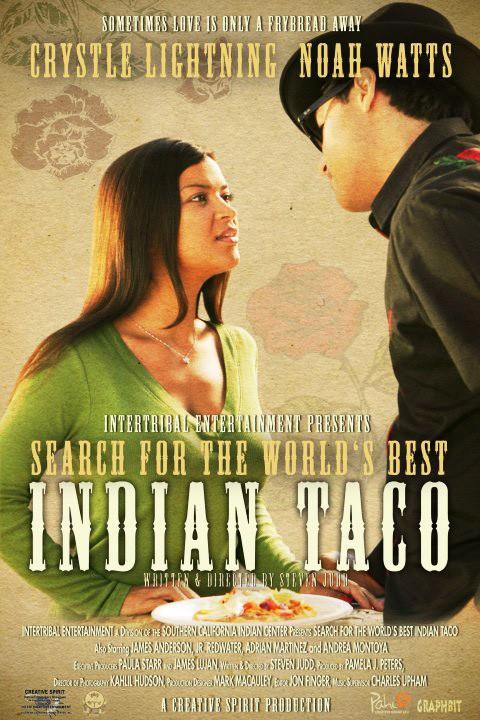In an effort to spotlight the Native American tribes originating in Southern Arizona, the Arizona State Museum is showcasing Native filmmaking right here on campus.
The museum’s Native Eyes Film Showcase will host a Native short films program at the Center for Creative Photography on Friday. The event will feature 11 short films, and Native filmmakers Melissa Henry and Ricardo Caté will be present to take part in a question and answer session.
The showcase’s origins lie in a Navajo weaving exhibit organized at the museum back in 2003, which showed a single film. Since then, the event has grown each year.
Lisa Falk, director of education at the museum and director of the showcase, said the showcase is a unique way to bring Native stories to the Tucson public.
“The [showcase] is a place where Native stories can be told through Native peoples — through their vision, their understanding, their direction, their lighting, their acting,” Falk said.
Though only short films will be shown this Friday, they offer a wide array of genres and stories. “In Search of the World’s Best Indian Taco” features a grandfather telling his grandson about his hunt for true love, while in “Interview with Einstein,” children interview their dog after learning he has the ability to speak to humans.
Although the majority of the works are live action, there are also some animated films on the slate. “The Visit” has a Cree family engaging in a wordless conversation, while “Black Cat in Space” puts Captain Meow and his robot companion CuA16 on center stage as they venture across the galaxy to thwart a planet-eating monster.
These various bite-sized stories offer a more light-hearted spin on Native cultures and stories, according to Falk.
“Some of the other films … deal with some of the heavier issues in Indian country,” Falk said. “They deal with alcoholism; they deal with abuse; they deal with politics and some of the really heavy stuff that’s going on there. But when you get to our shorts program, it’s just a sweet slice of life.”
Lisa Palacios, a graduate student of American Indian studies, works as an education intern at the museum under Falk. A member of the Tohono O’odham tribe, Palacios said she believes that the showcase and the museum are in a position to educate those who may not usually consider watching Native American films.
“Right offhand, you’re going to think, ‘Oh, hold up, Native American’ … and, ‘I’m not going to relate to it,’” Palacios said.
Palacios said she saw “Winter in the Blood,” which was presented as part of the showcase at the Loft Film Fest last weekend.
Though the narrative is told through the eyes of Virgil First Raise, a Native protagonist, Palacios said she felt that the film transcended its influences.
“It was just a story being told that could be told by an array of people,” she said. “You didn’t have to be Native American to have that story; you don’t have to be Native American to tell that story, to relate to it.”
This appeal extends beyond “Winter in the Blood,” as many, if not all, of the films showcased are relatable on a simple, human level, Palacios added.
“These stories aren’t specific to Native communities and Native peoples,” Palacios said. “They’re universal.”
Follow Alex Guyton @TDWildcatFilm









